The '80s saw some of the most outrageous fashion choices. Wacky designs and bold colors are all par for the course within this decade, and the automotive industry was no different. With most manufacturers using relaxed group B rules to create homologate vehicles, the public got their hands on some of the most outrageous innovations.
The '80s saw a rehash of what people apparently wanted a car to look like: a cheese wedge. The '80s was the dawn of the poster car, which still inspires gearheads today. Many of these vehicles are worth millions now, based on looks alone.
10 BMW Z1
BMW's 'Zukunft' series roughly translates to future in the queen's English. The Z1 was precisely that, befitting the wild '80s, the Z1 sported the quirks appropriate of the era. With vertical sliding doors powered by an electric motor, Chief Designer Harm Lagaay also equipped the debut Z-series with interchangeable panels across the body. BMW claims an owner may change the color of their vehicle in around 40 minutes. A welcome but unnecessary innovation on this beautiful little sports car. Can anybody else see the M1-style nose?
The BMW Z1 failed to capture the public's imagination. However, with only 8,000 units sold, this pluckily little sports car continues to appreciate. A 2.5-liter engine produced 168 horse-powers. The Z1 may have been a commercial failure, but it inspired the Z series' successes today.
9 Chevrolet Corvette C4
Jerry Palmer designed the 1984 C4 Corvette. The C4 Corvette replaced the successful outgoing C3. A new dawn for Chevrolet saw a modernization of an American icon, out with the T-top roof, which returned with a Targa top, providing a refreshing looking for a slimmer, more visually appealing American sports icon.
The C4 Vette sported a modern uni-frame body with plastics instead of fiberglass to house the typically wedge-shaped '80s sports car. While its predecessor lost performance during the '70s oil crisis, the C4 evolved as the years went by. Starting with the original C3 power plant, the C4 began at 205 hp in 1984, going onto 300 hp by the end of production in 1996. Chevrolet's efforts did not go unnoticed; the C4 became an icon. This timeless design saw 358,000 units sold, more than C6 and C7 combined.
8 Aston Martin V8 Zagato
It was launched in 1986 and designed by Giuseppe Mittino under the famous Giani Zagato. The partnership between Zagato and Aston began in the 60s with the popular DB4GT project. Zagato hinted at the project during Geneva 1984, reigniting a famous collaboration. All 50 models sold with just sketches available to customers. Demand was high for such a partnership.
The V8 Zagato is based on the vantage platform at the time. Notable features are Zagato's signature double-bubble roofline partnered with Aston Martin's 'bowler hat' grill from the DB2 series. Aston's plan for the Zagato was to take on the best. A 415-hp V8 powered the car from 0-62 in 4.7s. They were taking those exaggerated rear haunches to the top of the pile in terms of '80s performance.
7 Ford RS200
Tony Southgate designed the Ford RS200 alongside Fords John Wheeler. The RS200 was a wacky little Ford developed from the ground up for group B. Unlike its competitors; Ford decided to start from scratch.
The RS200 wasn’t successful on the rally stage. However, the vehicle became a rare favorite as a road car weighing only 2,205 Ibs while harnessing 249 hp. Lightweight turbocharged power has always been a recipe for the insane. The RS200 is as bespoke as they come. Wacky looks alongside rally-style haunches place this plucky four-wheel drive Ford in a league of its own.
6 Lotus Elan
Lotus returned the Elan name for the base model sports car, designed by Peter Stevens and launched in 1989. The M100 sat beneath the Esprit and Excel models, similar to Lotus Emira today. The plucky little Brit was draped in '80s flare, a wedge face and square rear end wrapped up in a small convertible package.
Unfortunately, due to the lack of RWD traditions and new owners (GM) cheap decision-making, the Elan was a commercial failure. However, what remains is a gorgeous little sports car adding to the ranks of a historic manufacturer.
5 Audi Quattro
Jörg Bensinger designed the bold and boxy Audi Quattro, created for rallying purposes. The design went on to inspire the road car between 1980 and 1991. Sharp lines and aggressive flair have provided this oversized shoebox notoriety among motorists. The Quattro walked and talked performance, honing the boldest of rallying aesthetics.
The Audi Quattro is based on the Audi 80 platform, providing those grocery-getter looks. The vehicle took advantage of regulation changes allowing for a four-wheel drivetrain to compete in the rallying championships. Audi saw four championship titles and a production run of 11,452 road cars, with a power figure of 217 hp; the Quattro was one of the original race cars for the road.
4 Lamborghini Jalpa
Designed by Bertone, the little-known Lambo was the last car of the company’s luxury sedan experiment. Arriving after the Urraco and Silhouette, the Jalpa took design elements from its big brother (the Countach) and the Athon concept vehicle proposed in 1980. A glistening wedge of cheese, as expected from the '80s.
The Jalpa is the direct predecessor to the V10 Gallardo. Both play the same role of ‘little brother’ to larger counterparts. While the Gallardo came equipped with a stunning V10, Jalpa was loaded with a V8. The last V8-powered Lambo produced until the 2017 Urus was released. Sadly, the Jalpa sold only 410 units, all running 250 hp through a 5-speed manual.
3 Ferrari 288 GTO
A drastically redesigned 308 GTB involving the legendary Pininfarina. As a result, Ferrari 288 GTO 1984 is the first of the big five Ferrari cars. Being one of the first turbocharged cars out of Maranello and the second Ferrari sporting the famous GTO homologate moniker, the 288 GTO was a complete game changer.
Ferrari had built the GTO to compete in group B racing. The relaxed regulations allowed them to create a 400-hp tarmac muncher. All they required was 200 road-going units, of which Ferrari made 272. The 288 GTO's design is iconic and considered the predecessor to the wedge of all wedges, the Ferrari F40.
2 Porsche 959
Porsche's Chief Engineer Helmuth Bott was the brainchild behind Porsche 959. The 959 took the classless 911 design and added outrageously flared arches across a wider body suited for a group B rally car. The slanted nose allowed for smoother airflow, partnered with aero vents placed before the front and rear wheels; the 959 was a priceless innovation standing out among the Porsche lineup. Like Carrera GT and 918, this Porsche stood out while still maintaining that classic Porsche design.
The car had a 2.8-liter flat-six from the 956 and 962 Porsche racing teams. A world-beating recipe that eliminated turbo lag thanks to a sequential turbo setup, the 959 was an excuse to develop a four-wheel drive 911. The result was the world's fastest production car producing 444hp controlled by a six-speed manual. However, it never made it to group B as intended. The 292 units sold can launch from 0-62 mph in 3.7 seconds, all street-legal examples. The 959 is a competitive machine, even by today's standards!
1 BMW M3 E30
The first M3, appearing in 1985 designed by Claus Luthe. BMW took their standard three series to the gym, creating a group A homologate monster draped with flared arches and plastic skirts and bumpers, the M3 is a different breed of the same car, providing stunning visuals in comparison to its boring brother.
BMW fans will also tell you M3 has a larger, flatter C-pillar than the standard three series, all for aero advantages. The M3 E30 displays what can be achieved with an average car; the 2.0-liter four-cylinder engine produced 200 hp without turbocharged assistance and stole the public's hearts.

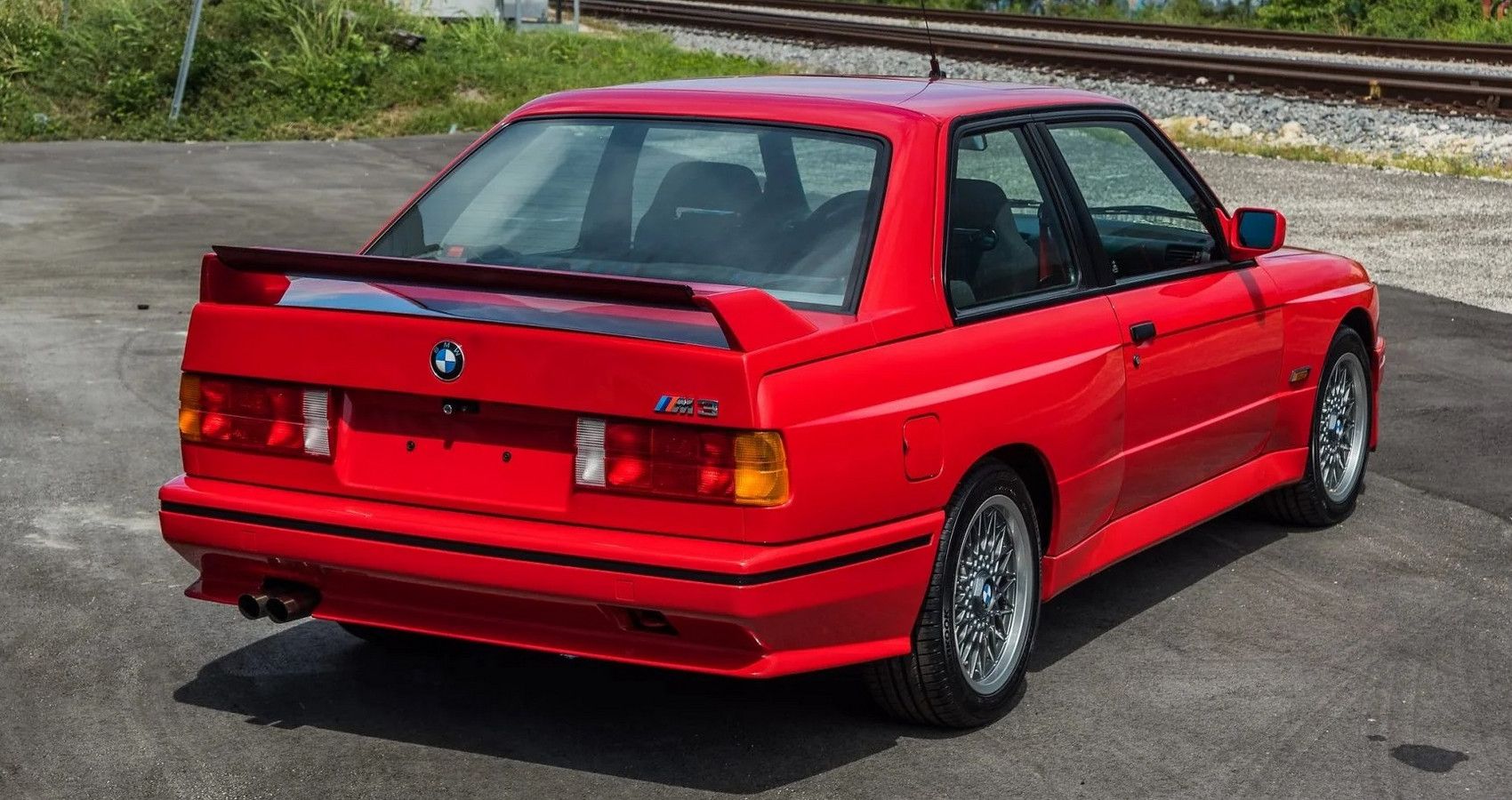
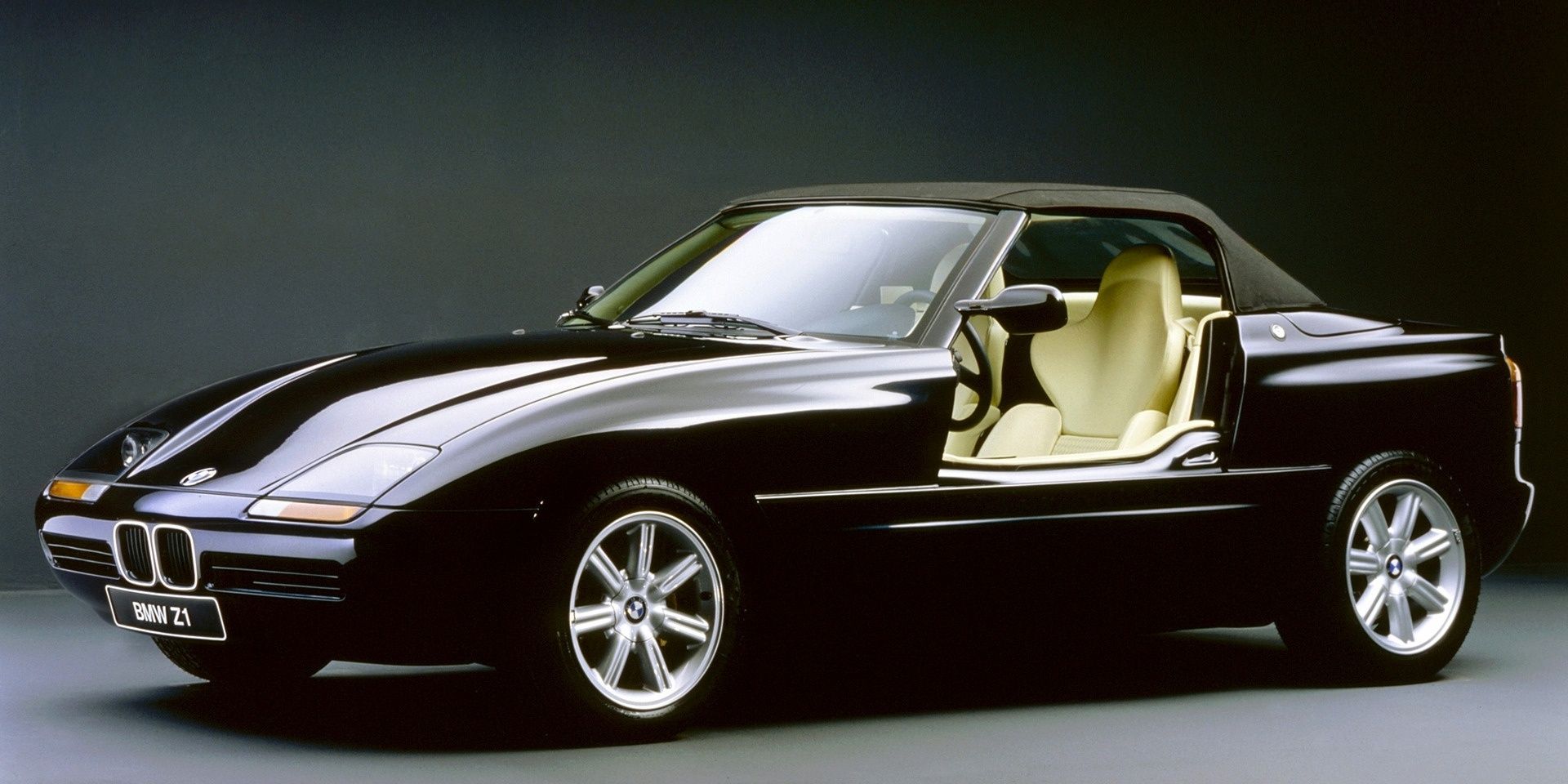
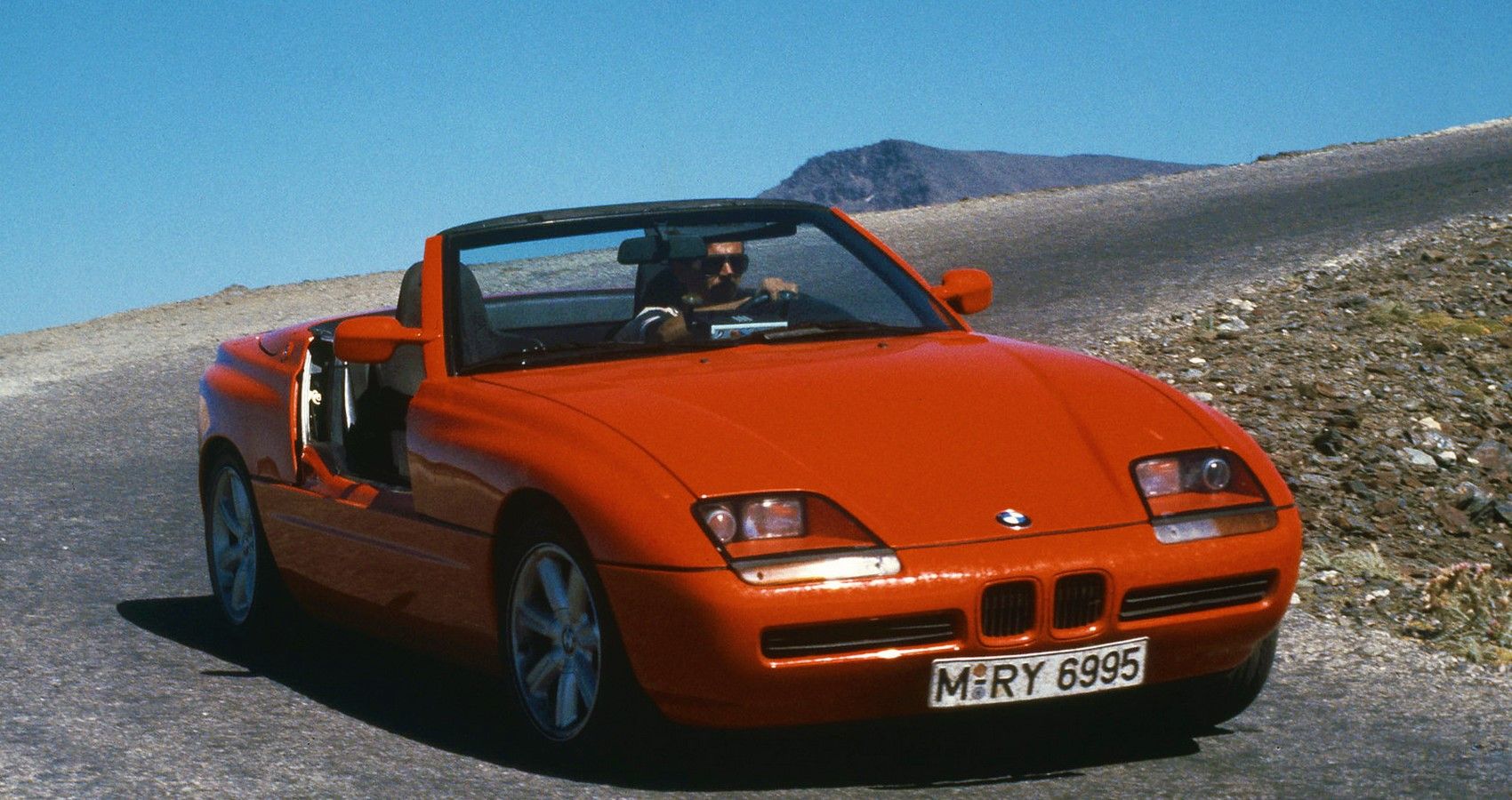
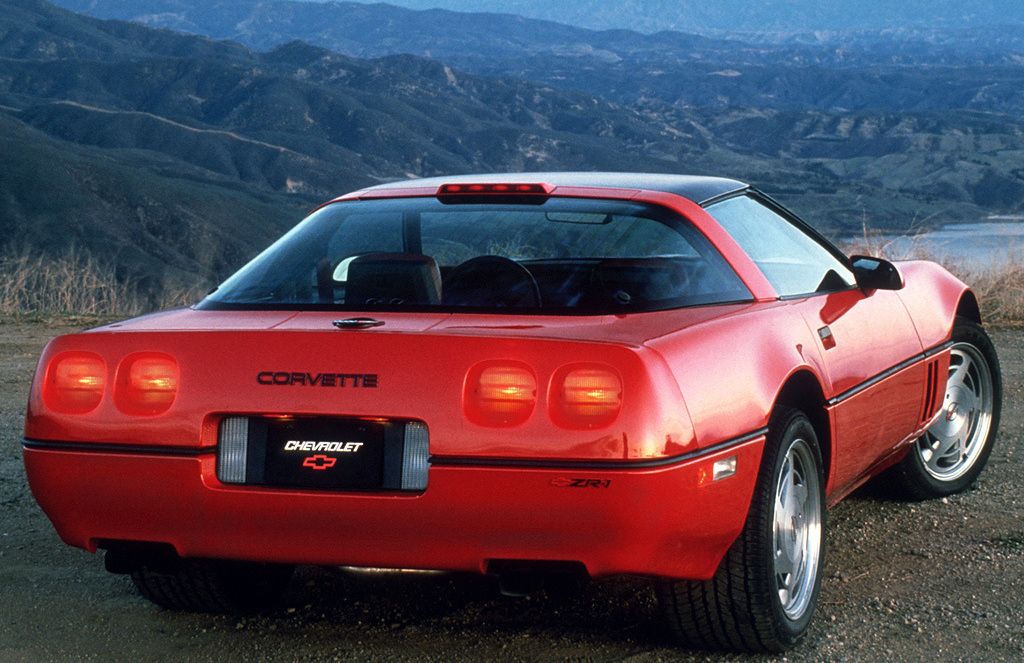
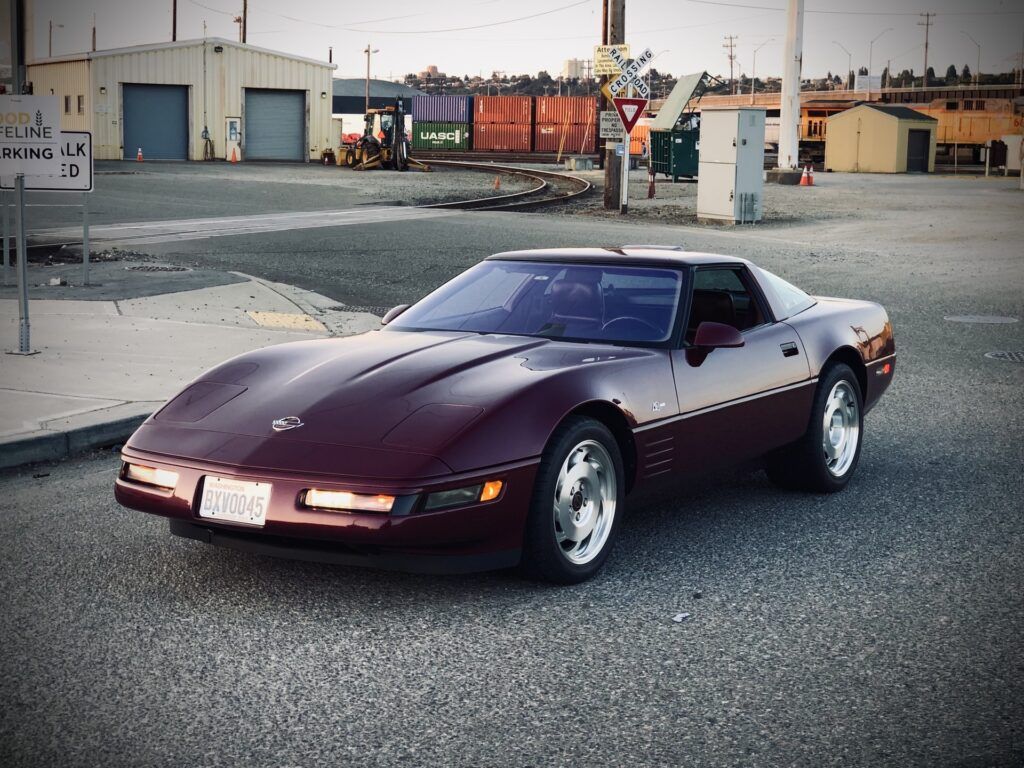
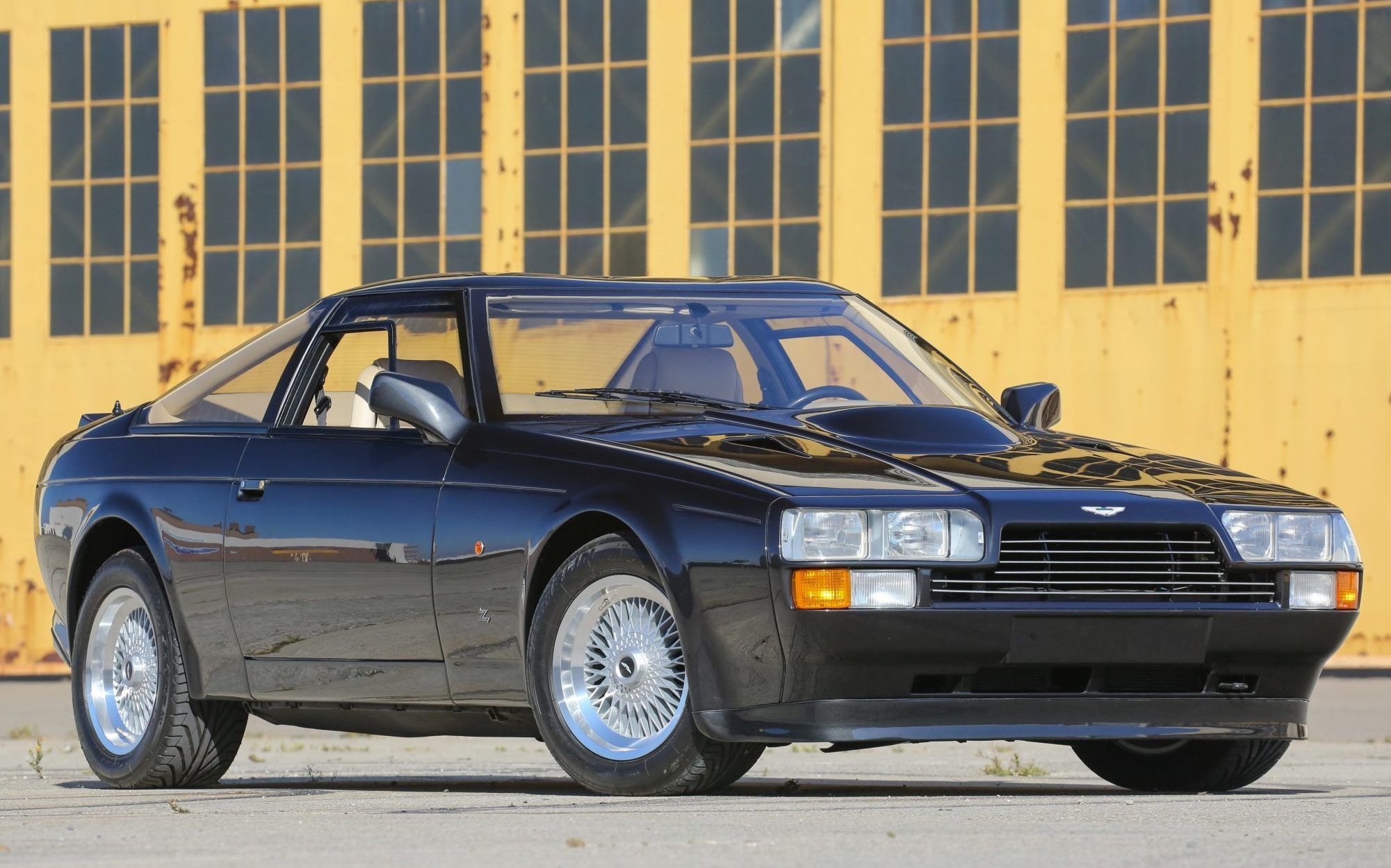
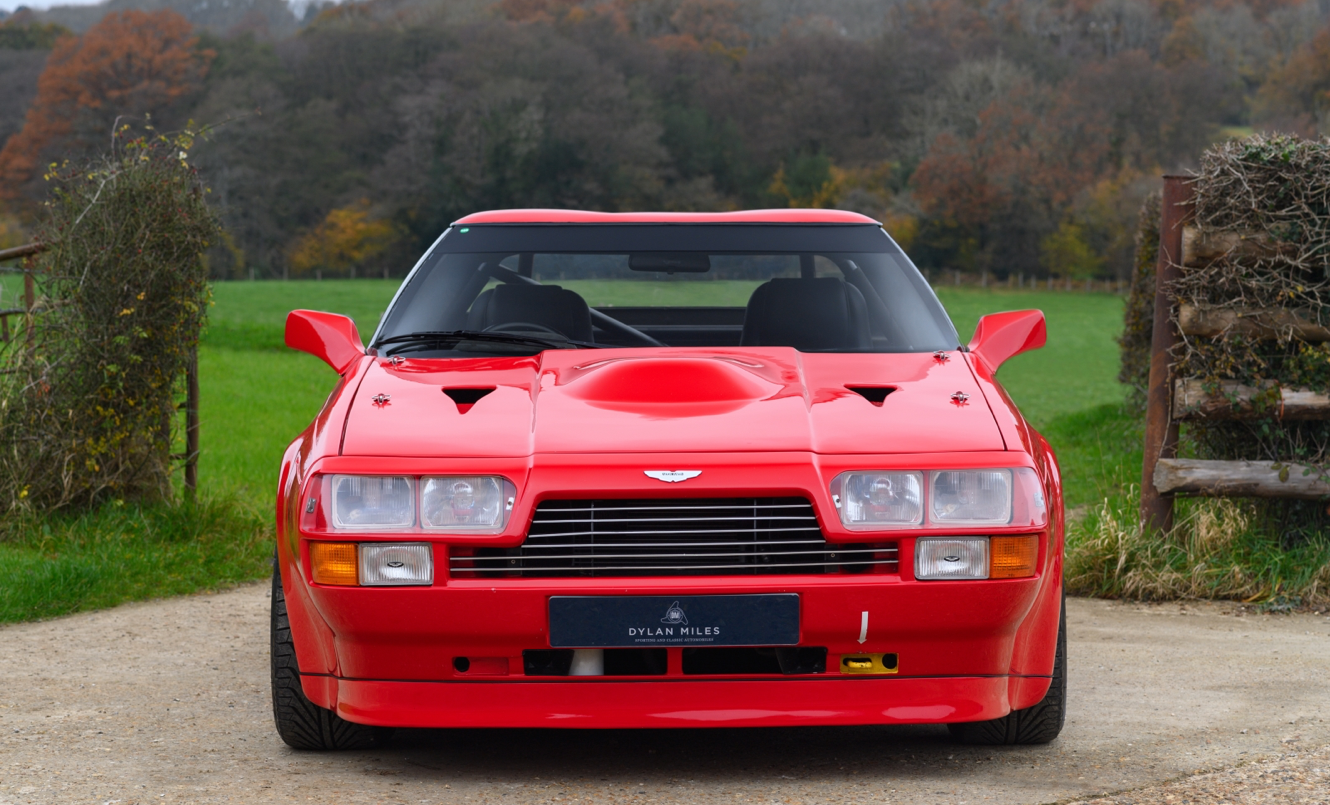
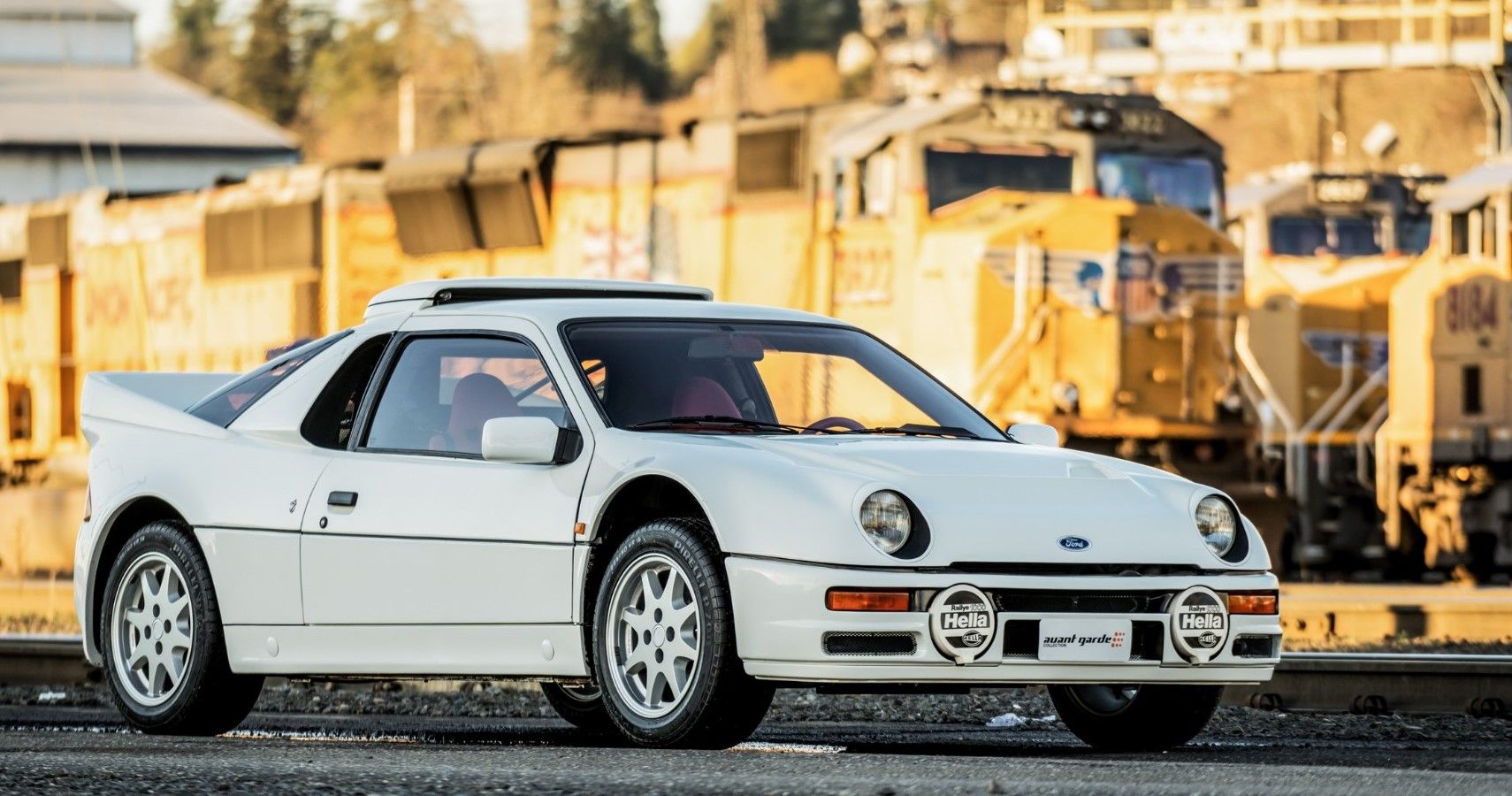
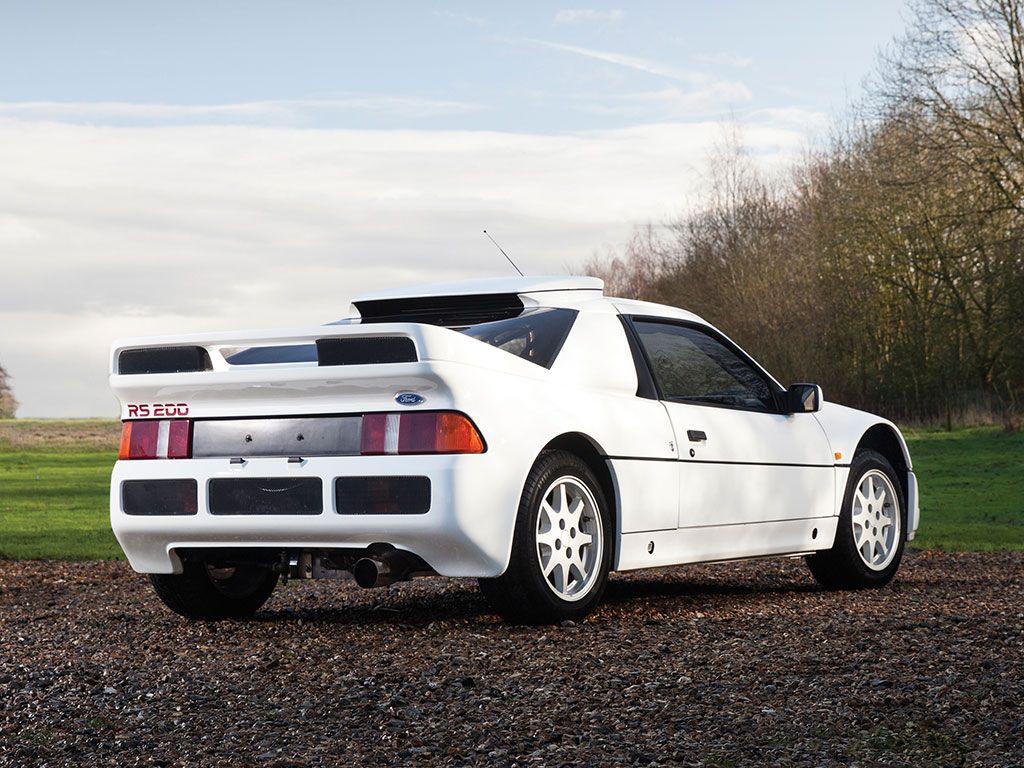
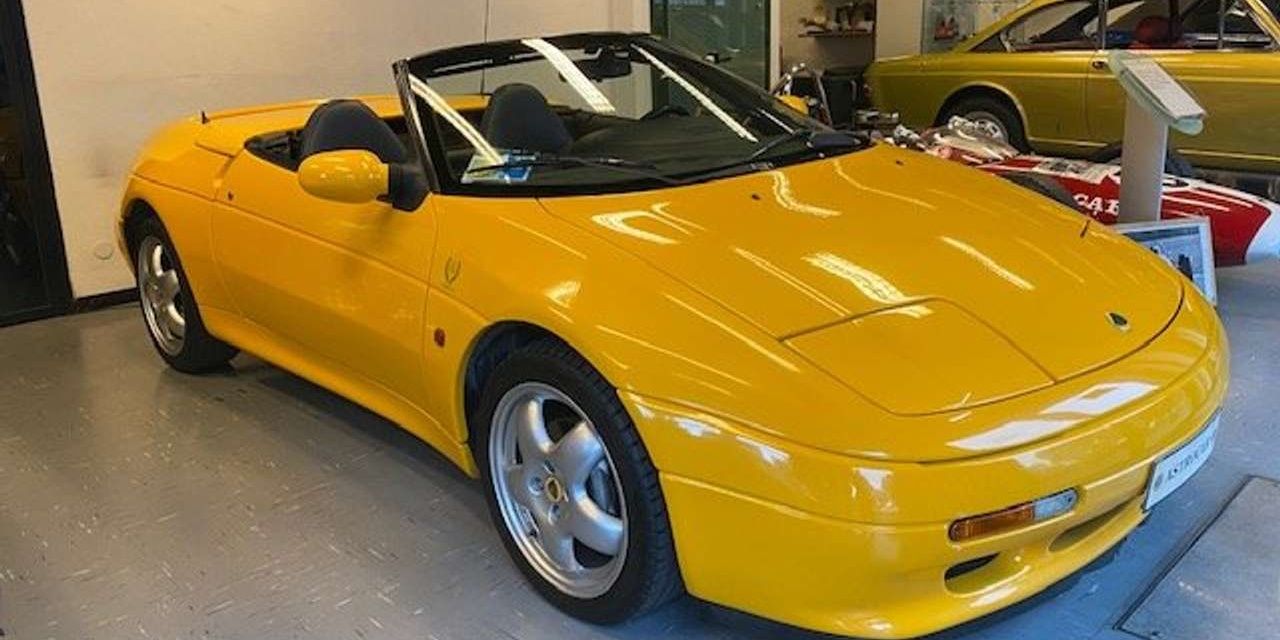
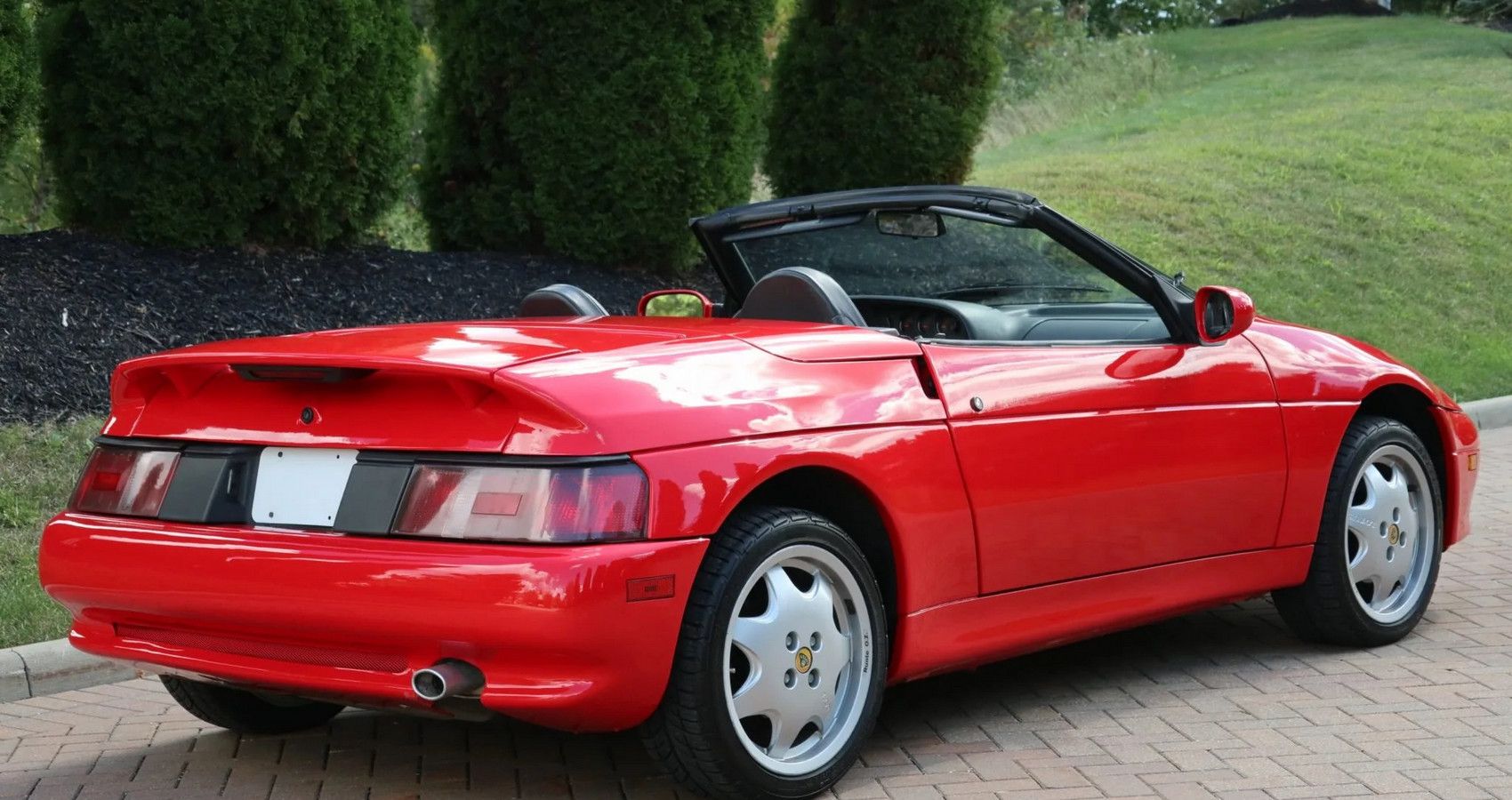
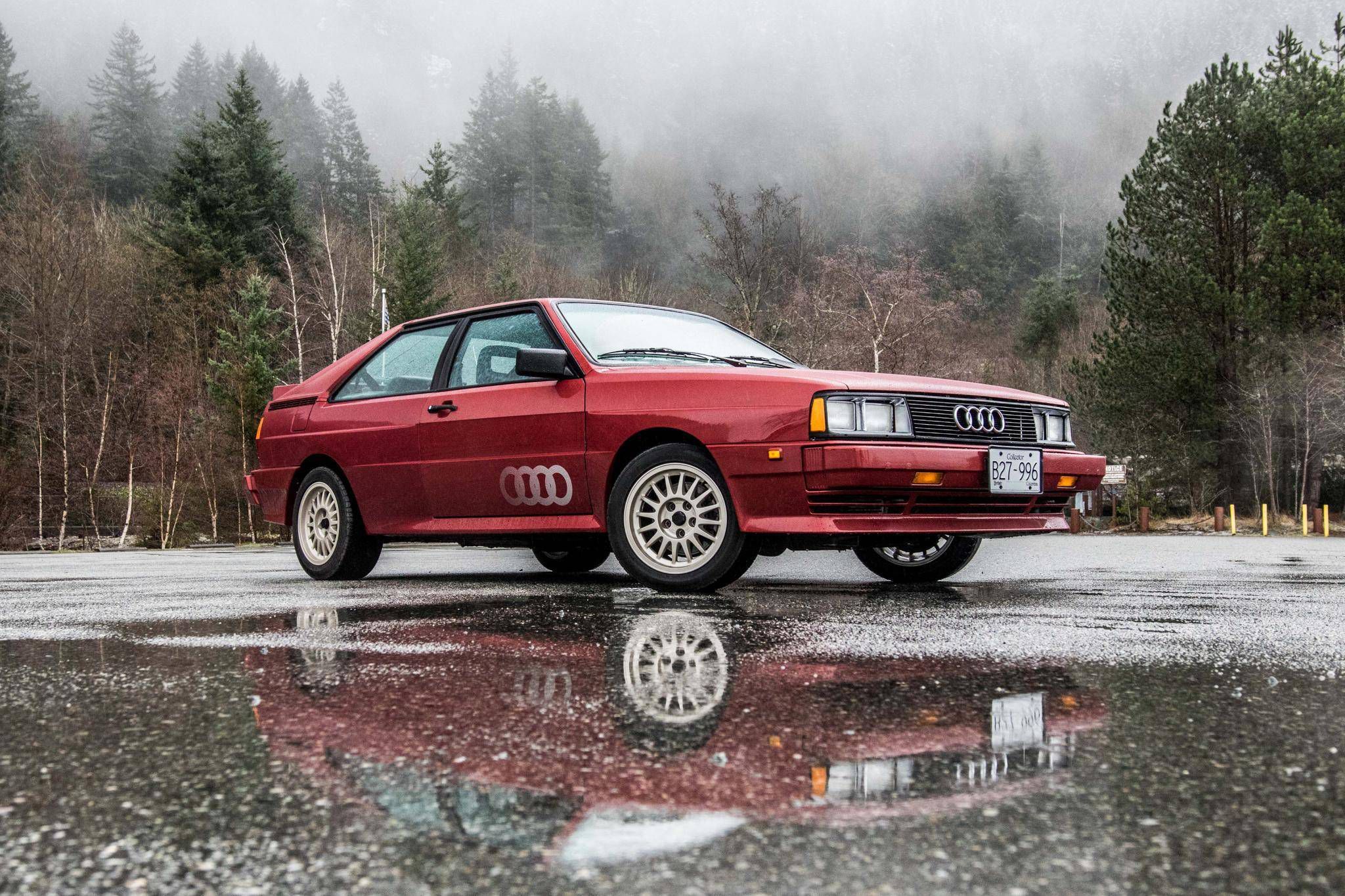
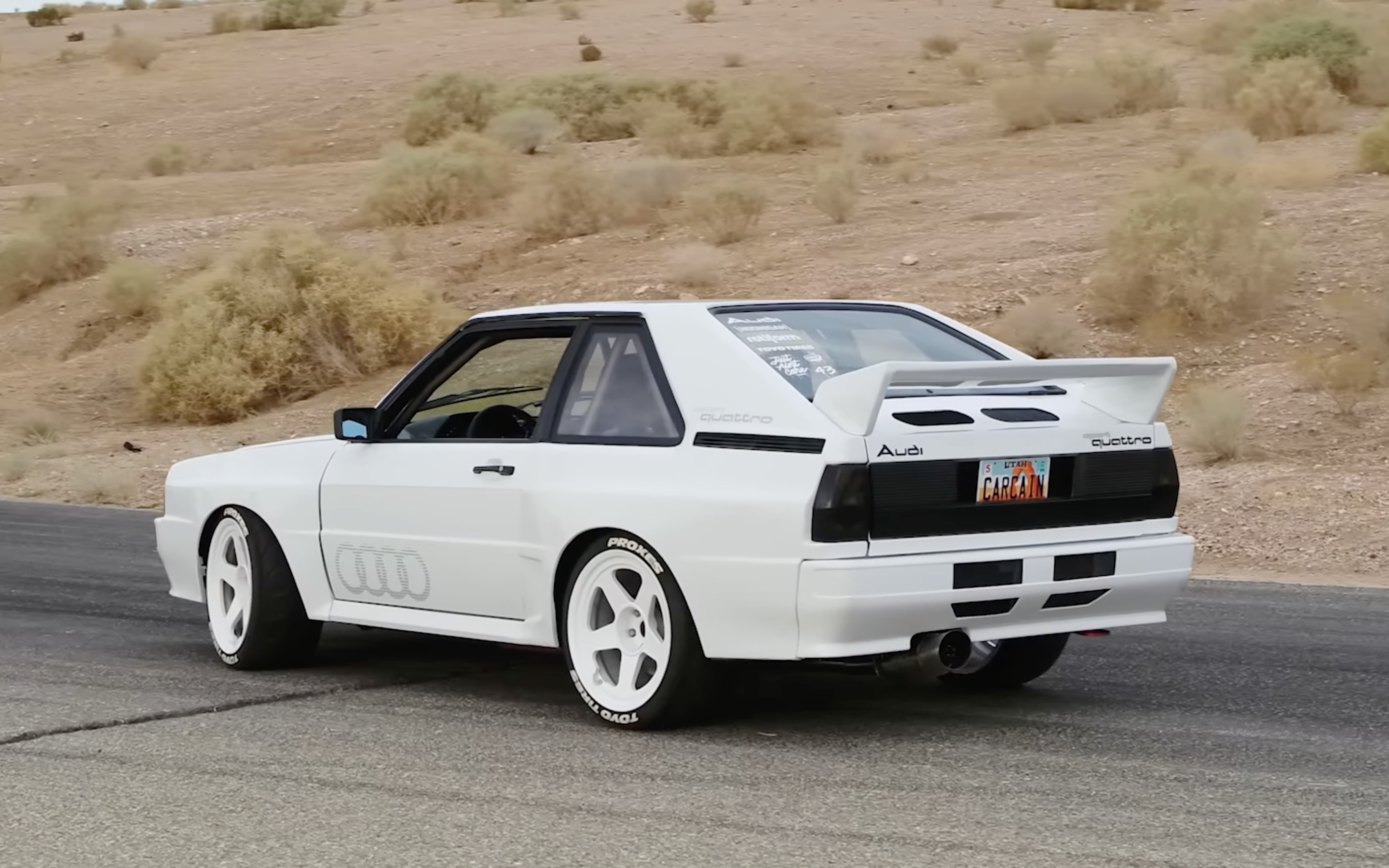
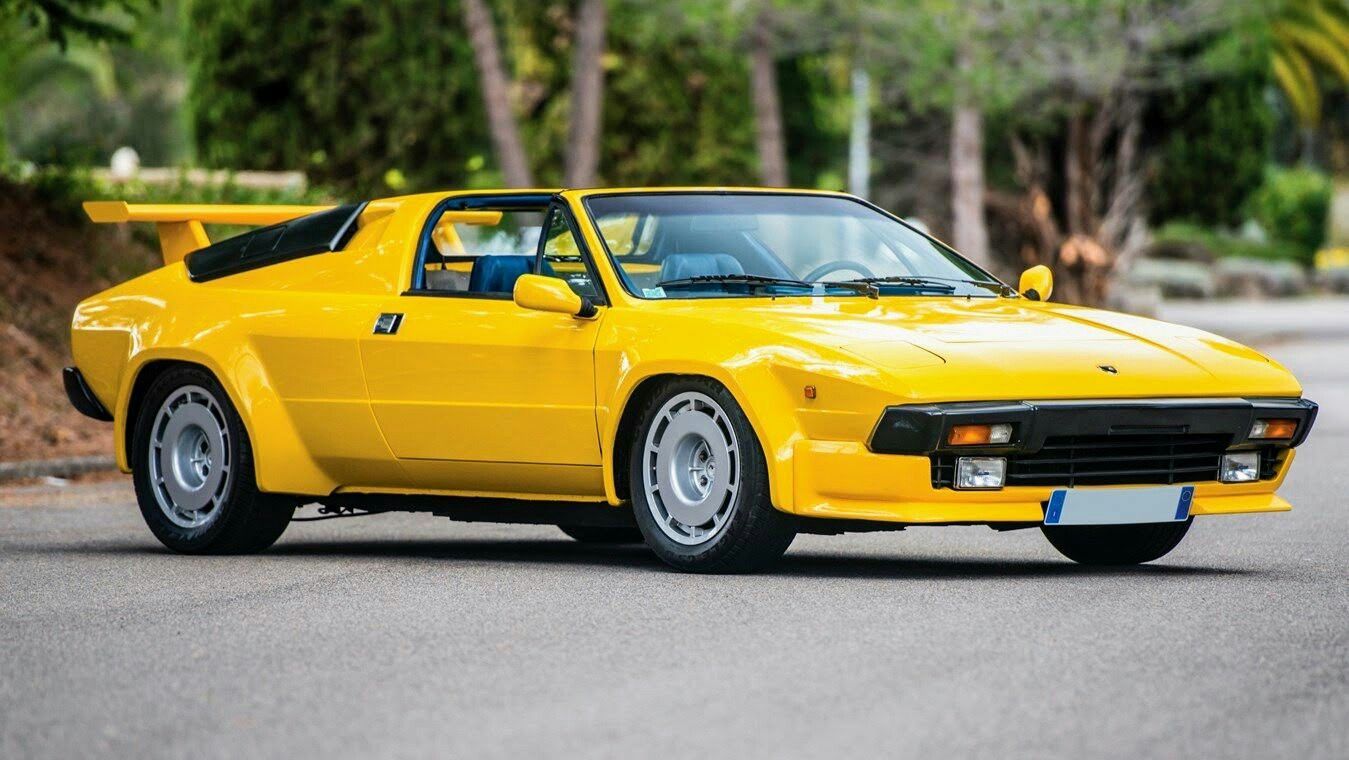
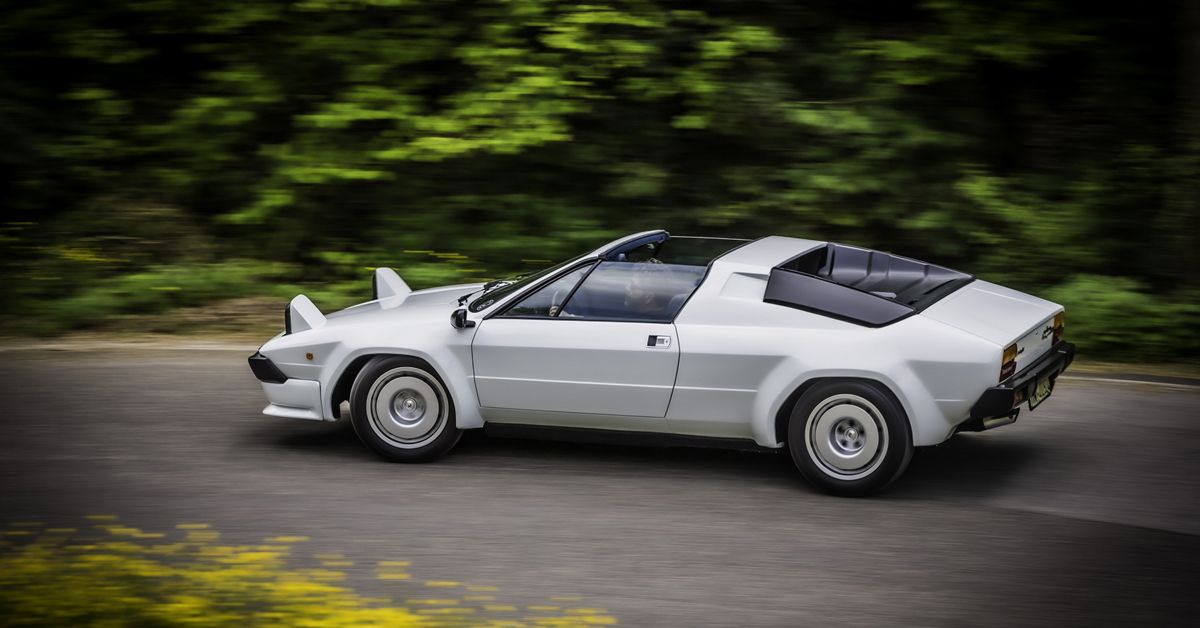
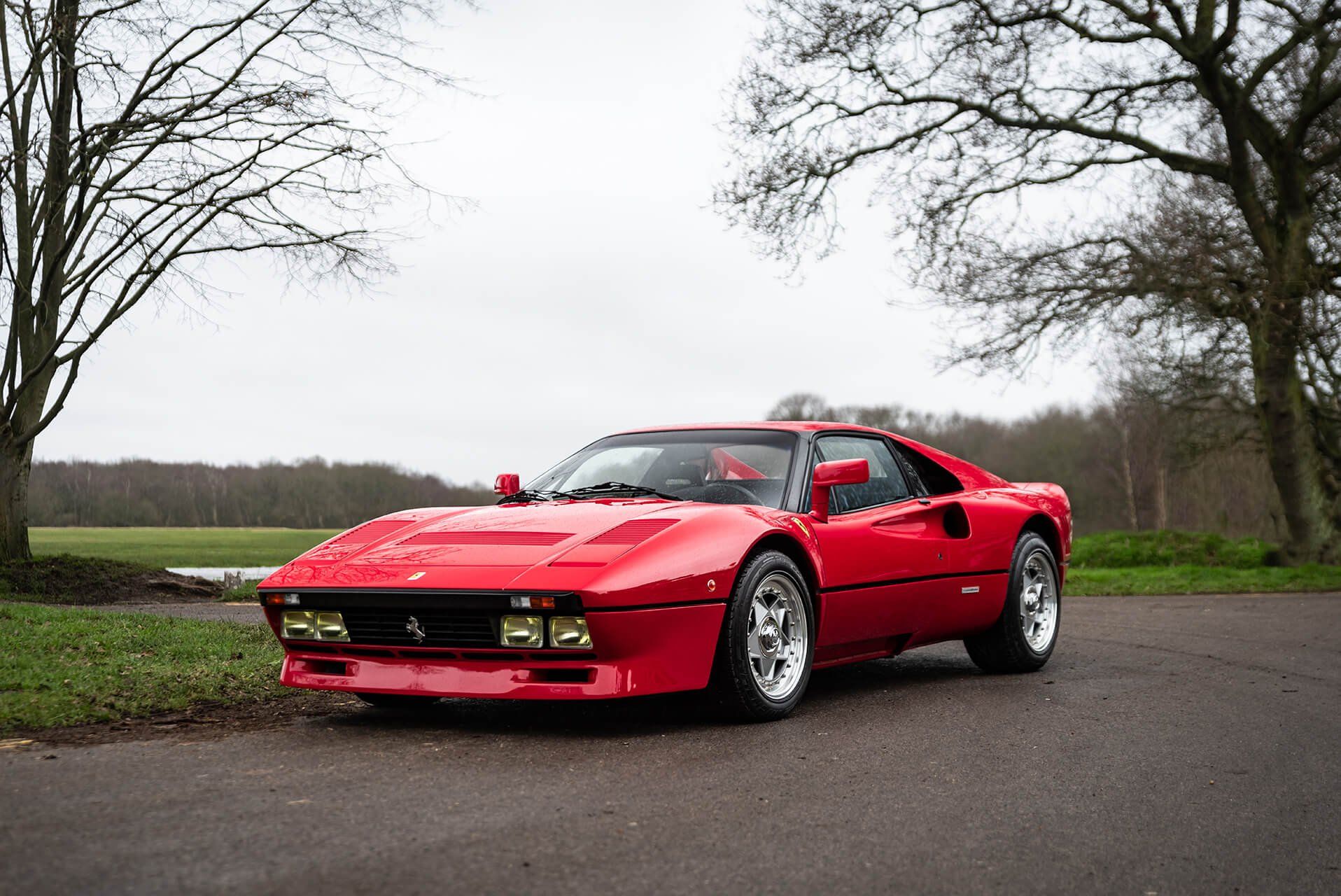
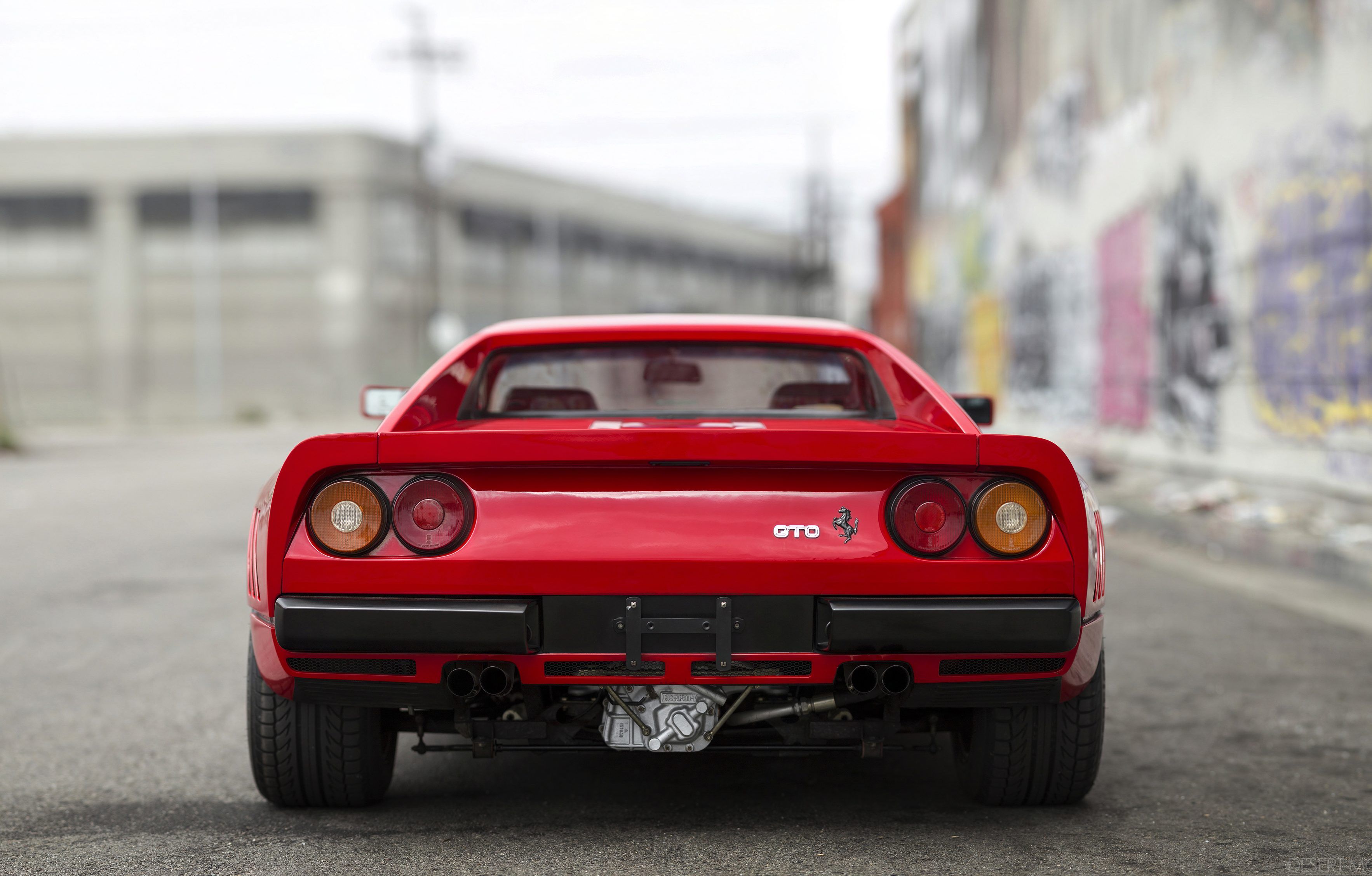
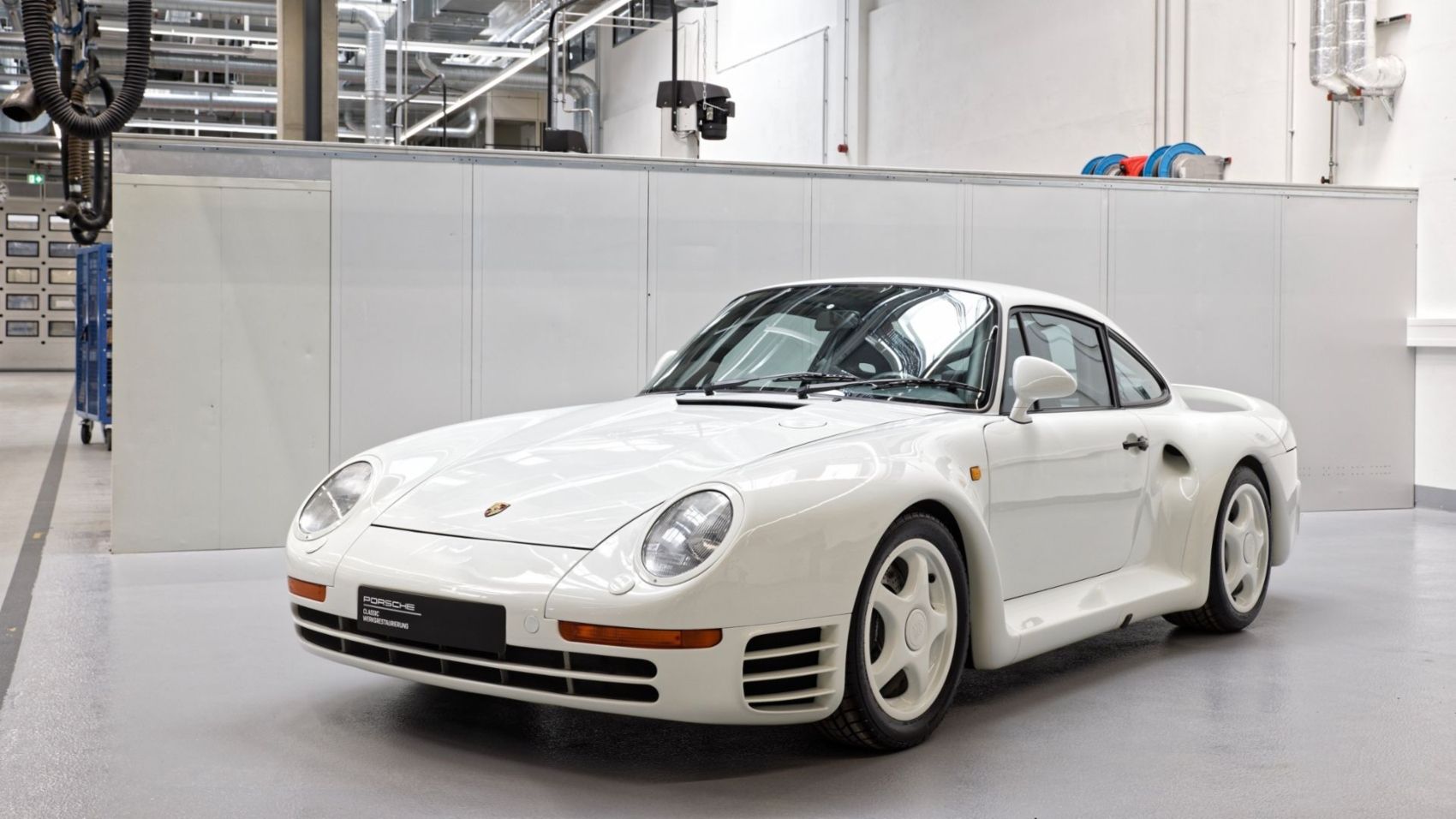
.jpg)
---Front.JPG)